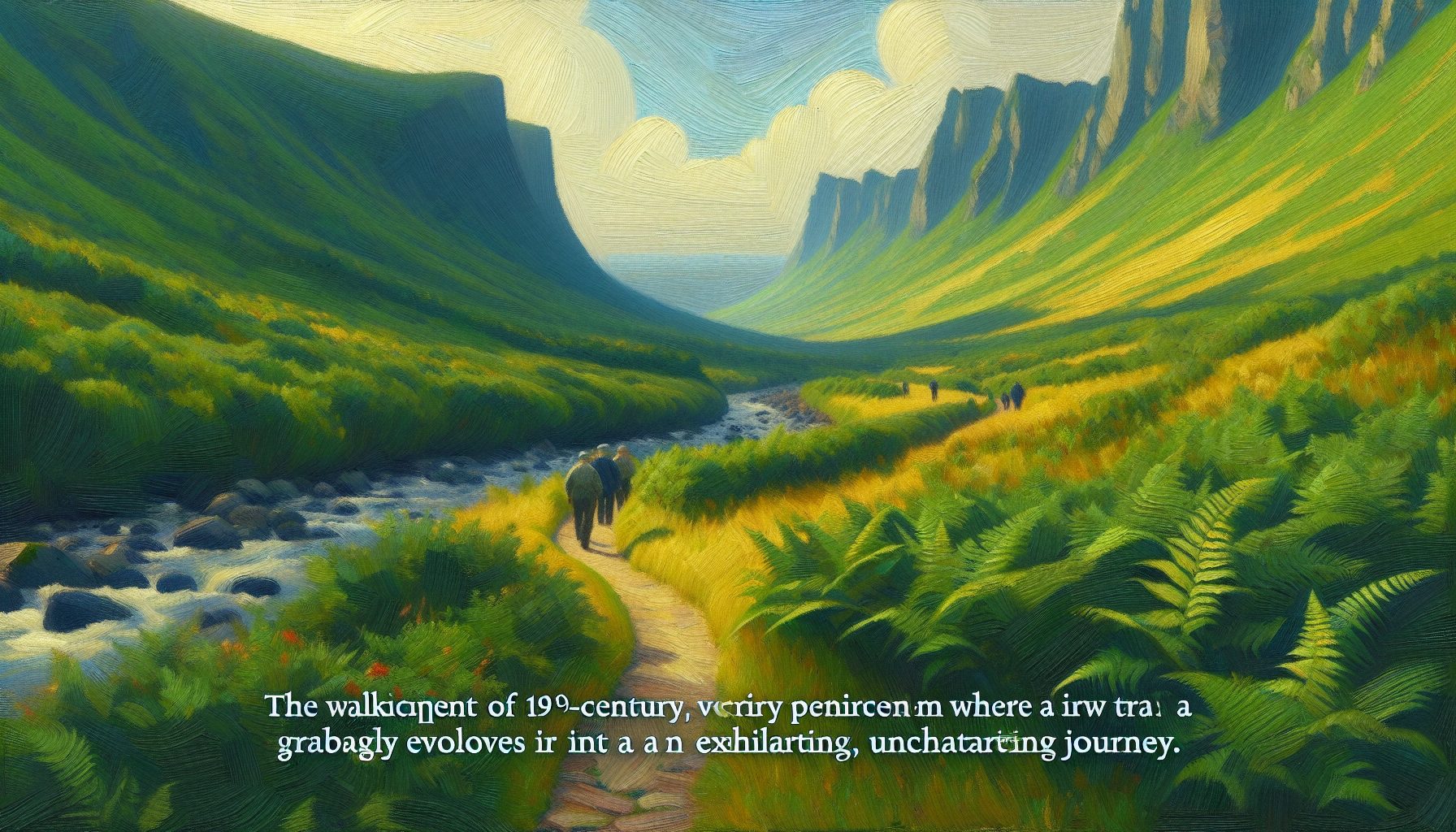NVIDIA Omniverse was created with the vision of becoming the world’s digital twin, a massive environment for simulation, collaboration, and modeling. Varjo’s Reality Cloud is more tightly focused on collaboration but has the advantage of self-generated content that could eventually be used to speed up the growth of Omniverse significantly.
Let me explain.
Varjo Reality Cloud
Announced last week but not expected to be available until fall, Varjo Reality builds on Varjo’s unique Mixed Reality product set. Much like Microsoft did with its high-end Augmented Reality (AR) tool Hololens with the Lawrence Livermore lab, Varjo entered the Virtual Reality market at the high end with hardware that has few compromises. Expensive, costing up to 10x what a consumer VR rig costs, their headsets provide a far better user experience with far higher resolution, focused on where your eye is looking but still covering a far wider field of view than any other product I’ve tested.
They’ve also surrounded their headsets with a wealth of sensors, including cameras and both Lidar and Radar sensors so that the glasses can fully capture the environment around them. The Varjo Reality Cloud takes that sensor data to create a digital twin of where the user is standing. Then another user, using a VR headset (that eventually could be from another vendor), can enter and interact with that primary user within that digital twin space.
Imagine having a physical object that you needed help with or presenting to someone else on the other side of the planet. This tool would allow you to create a space visually identical, including the scan of the object, and allow that remote party to experience it just as if they’d traveled by plane for hours to get to you.
This offering is about as close to real-time teleportation as we are likely to get this decade.
NVIDIA Omniverse
The issue with Omniverse isn’t the relatively complete platform; it is the need to scan the real world to create its final form digitally. To speed up that process, you could give the Varjo headsets to employees tied into some part of the Varjo Reality Cloud that was integrated with Omniverse, coupled with a positioning system and have them walk around, much like Google mapping cars currently do, but inside and around buildings generating Omniverse content as they walked.
You could, in theory, not only generate Omniverse content far faster, but you could also provide a way, by simply scheduling regular walkthroughs, to keep that virtual content up to date. Eventually, these updates could be handled by security guards, security robots, or even fixed scanning cameras that would update during their regular rounds.
This approach not only would address the initial scanning problem, but also the problem of keeping the digital twins synced to reality so that the related simulations, models, and experiences continued, over time, to match the real world you needed to simulate.
As the VR headsets come down in price, become far more attractive to wear, and begin to encompass features that will make them into the heads-up display interfaces we will want to wear more often, they can also continue their scanning duty, eventually connecting nearly everyone to the process of updating the digital twin world.
Further reading: Can Virtual Reality Replace In-Person Business Meetings?
The Future of Artificial Reality
Omniverse is the first significant effort to create a world-scale simulation that can be used to not only test a wide variety of products, but also to plan military and police actions, anticipate future natural or artificial disasters, and develop more advanced autonomous machines and vehicles.
But the problem isn’t the concept; it is the massive amount of effort needed to create this world and then keep that world in sync with reality. The Varjo Reality Cloud concept appears to be the missing link that could take a concept like Omniverse and massively speed up not only its creation but also the ability to keep that creation in sync.
When Varjo Reality Cloud releases later this year, the world will take the next major step to our coming artificial reality future. If it gets integrated with Omniverse, it could speed up that coming world by years.
Rob Enderle has been a columnist for the TechnologyAdvice B2B sites since 2003. His areas of interest include AI, autonomous driving, drones, personal technology, emerging technology, regulation, litigation, M&E, and technology in politics. He has an AS, BS, and MBA in merchandising, human resources, marketing, and computer science. Enderle is currently president and principal analyst of the Enderle Group, a consultancy that serves the technology industry. He formerly worked at IBM and served as a senior research fellow at Giga Information Group and Forrester.









